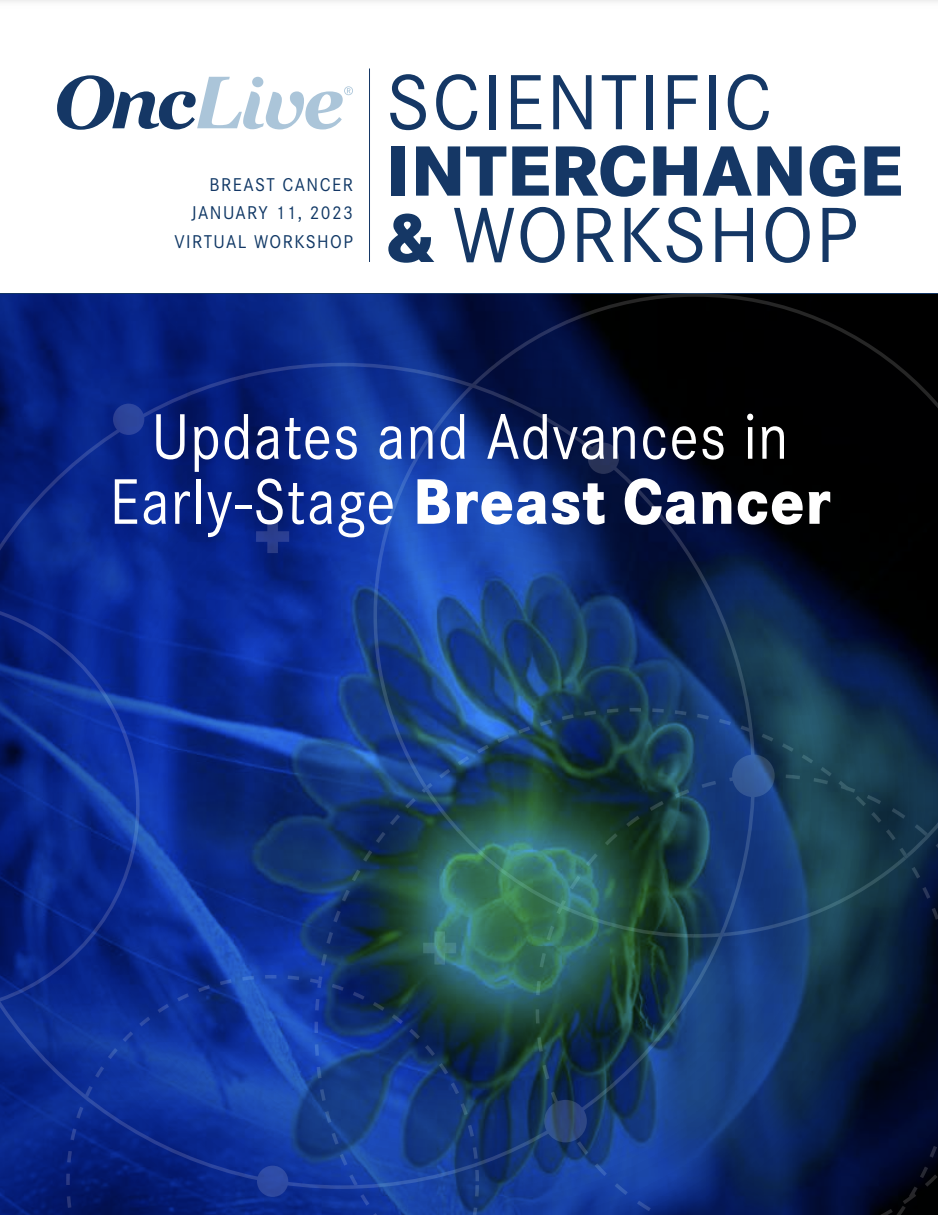Commentary
Video
Dr Kadia on Targeting the IRAK4 Pathway in AML
Author(s):
Tapan M. Kadia, MD, discusses targeting the IRAK4 pathway in patients with acute myeloid leukemia and highlights the importance of utilizing targeted therapies in the treatment of patients with hematologic malignancies.
Tapan M. Kadia, MD, professor, Department of Leukemia, The University of Texas MD Anderson Cancer Center, discusses targeting the IRAK4 pathway in patients with acute myeloid leukemia (AML) and highlights the importance of utilizing targeted therapies in the treatment of patients with hematologic malignancies.
The IRAK4 pathway, initially targeted in the management of myelodysplastic syndrome, is now gaining traction in AML due to its analogous nature, Kadia begins. Although studies in AML are in early stages, their potential impact remains promising, as the IRAK4 pathway contains a loop of inflammatory cytokines, he states. The optimal targeting of this pathway in patients with newly diagnosed or relapsed AML is still unfolding, and ongoing studies aim to provide insights into the efficacy of IRAK4-targeted agents, Kadia explains. Overall, when anticipating the future of AML management, targeted therapies emerge as pivotal players, he notes.
Targeted therapy benefits patients with AML because it is generally less intense and toxic than traditional therapies, Kadia says. One such therapy is the class of IDH1 inhibitors, Kadia continues. A strategic combination of lower intensity therapy with these inhibitors yields response rates comparable, if not superior, to those observed with traditional intensive chemotherapy, he emphasizes. To harness the potential of targeted therapies, comprehensive characterization of leukemia at the outset through next-generation sequencing is imperative, Kadia imparts.
Understanding mutations and cytogenetics informs the selection of therapies tailored to specific AML subsets. FLT3 inhibitors, such as midostaurin (Rydapt) and quizartinib (Vanflyta), showcase advancements in frontline AML management, providing new treatment options for patients, Kadia expands. Exploring the extended use of quizartinib reveals promising results, especially for patients with minimal residual disease–positive disease, he explains. The evolving landscape emphasizes a dynamic approach, continuously assessing the disease from diagnosis, adapting therapies to its changing nature, and investigating whether lower intensity treatment options can match the efficacy of intensive chemotherapy in newly diagnosed patients, Kadia states.
Although low-intensity therapy is currently reserved for older or unfit patients, ongoing trials are exploring its effectiveness compared with intensive chemotherapy in various patient populations, he says. Despite the current standard of care favoring intensive chemotherapy, the tailored approach recognizes exceptions, such as younger patients with p53 mutations or high-risk disease, in whom low-intensity therapy is deemed appropriate, Kadia concludes.










